Contents

Introduction Food is a means of expressing our identities. As my friend Kanisha Mirpuri puts it, Sindhi food is intricate, thoughtful and satisfying; and, like all, cuisines is a matter of choice. Many Sindhis living abroad seldom cook Sindhi food, adapting and developing their culinary preferences according to their country of residence. Today the younger generation, especially those living abroad, have only faint childhood memories of enjoying traditional Sindhi food during their visits to India. This visiting generation can name just a handful of common Sindhi dishes. Their knowledge of the cuisine is limited as is their awareness of their cultural heritage.
Although scattered around the world, the first generation Sindhis (post-partition) have tried their best to preserve their traditions and culture, by educating the younger generation about the traditional rites, rituals and food. Another friend, Kanchan Shadadpuri reiterates the health benefits of using natural flavours and healing spices like turmeric and cumin in cooking; and Sindhi cooking like all Indian cooking, uses a good blend of it. In many Sindhi dishes, a mixture of caraway and cardamom powder is added at the end of cooking, enhancing the flavour and aroma of the dish without the heaty effects of using garam masala. Sindhis are a cosmopolitan community; hospitable, easily adaptable, religious, and peace-loving. With this book, I hope to revive an interest and awareness of Sindhi cuisine the world over. Pushpee Moorjani
2014  Under the Kitchen Cabinets The most common spices in Sindhi cuisine are cinnamon, cardamom, nutmeg, cumin seeds, bay leaf, saffron, nutmeg, poppy seeds, chilli powder, turmeric powder, garlic, black and red peppercorns, cumin seeds, coriander seeds, cloves, ginger, among others. In most Sindhi dishes, a specially prepared homemade garam masala is used which exudes the authentic Sindhi taste.
Under the Kitchen Cabinets The most common spices in Sindhi cuisine are cinnamon, cardamom, nutmeg, cumin seeds, bay leaf, saffron, nutmeg, poppy seeds, chilli powder, turmeric powder, garlic, black and red peppercorns, cumin seeds, coriander seeds, cloves, ginger, among others. In most Sindhi dishes, a specially prepared homemade garam masala is used which exudes the authentic Sindhi taste.
The secret to Sindhi cooking is taro, which refers to the gravy that sticks to the bottom of the pan while cooking. The heat is lowered to scrape the tarro from the bottom of the pan, stirring several times till it acquires a rich dark colour. An aluminium pan is the best option for cooking Sindhi dishes, because it is heat resistant and suitable for tarro. Dum was the method Mom used to steam food. The pot was sealed with flour dough, and the food was cooked on low heat, allowing the grains to sweat in their own steam. This retained all the aroma and flavours.
Use of yoghurt to marinate meats is typical in Sindhi cooking. Growing up, yoghurt was rarely purchased. Mom always made yoghurt at home. One tablespoon of yoghurt was set aside to make the next batch. The yoghurt always took many avatars the next day. Sometimes Mom made lassi (sweet buttermilk) and sometimes chaash (salty buttermilk), churning the mixture of yoghurt and water, till the large blob of butter would start glistening on the surface and separate from the buttermilk.
Many a times, she would scoop out the butter, spread it over the slice of bread, sprinkle some sugar over it and hand me this delicious snack to keep me out of her way. At other times the yoghurt would be used to make raita that we enjoyed with pulao and biryani. Mom spent lot of time in the kitchen trying out different recipes. What I liked best was when she made khoya, the main ingredient for mithai, mixed with varied nuts, regularly. FIVE BASIC GRAVIES USED IN SINDHI CUISINE Sindhi cooking is easy. Once you know the five basic gravies, you can make a variety of dishes by playing around with different ingredients using the same basic recipes.
| Daag mei Bhaaji (Vegetables/Meat/Chicken in Browned Onion Gravy): To make this onion-based gravy, brown the chopped onions on low heat until dark brown. Then add cup water to soften them; and cook on medium heat with chopped tomatoes, turmeric powder, coriander powder, salt and chillies. Different vegetables such as yam, potatoes, lotus stem, other root vegetables, soya beans, meat or chicken can be cooked in this onion-based gravy. |
| Mom had a special way of cooking meat dishes; she would insist that we must bhunoa the meat well. Usually, when she cooked the gravy consisting of onion, tomatoes, ginger, garlic and green chillies with meat, she would bhunoa the meat in this gravy, which basically means stirring several times, making sure that it doesnt stick to the base of the pan. She would add a little liquid; whisk and churn the meat till the oil separated from the mixture. Due to this the meat was well coated with the masala and acquired a reddish brown colour. She preferred to cook the meat in heavy-bottomed iron pots called dekhro. |
| Sayal Masalo (Vegetables/Fish in Green Masala Gravy): Sayal Masalo is a green masala paste made by grinding together coriander leaves, fenugreek leaves, garlic, turmeric powder, coriander powder, green chillies, and salt to a coarse paste. The oil is heated in the pan, the ground paste is fried; chopped tomatoes are added and mashed when tender. The vegetables cooked in this type of sauce are ladies fingers, bitter gourd, and potatoes etc. Cottage cheese, and fish can also be cooked in this sauce. |
| Basar Tomato mei (Vegetables/Fish in Tomato and Onions Gravy): For this gravy, heat oil in a pan and add finely chopped onions, tomatoes, garlic, ginger, green chillies, coriander leaves, turmeric powder, and cook on low heat till the oil separates. Vegetables such as cauliflower, potatoes, ladies fingers, and cottage cheese can be added to this gravy and cooked on low heat. No water is added in this type of recipe. |
| Jeero Tomato mei (Vegetables in Cumin and Tomato Gravy): This gravy that can be used to make potato and pea dishes or pastas. Cumin seeds are spluttered in oil; ginger, asafoetida, curry leaves, chopped green chillies are added. Finely chopped tomatoes, turmeric powder and salt are later added and cooked till the oil separates. |
| For tadka (seasoning) Mom used a special small thick-bottomed iron pan with a long handle called laglaggo. |
| For tadka (seasoning) Mom used a special small thick-bottomed iron pan with a long handle called laglaggo. This pan is specifically used for tadka. Spices and herbs were added one at a time to hot oil and this seasoning is poured over the cooked dish. The seasoned oil added a good flavour to the dish. |
| Aur me Bhaaji (Gravied Vegetables Seasoned with Mustard Seeds): For this gravy, add chopped garlic, tomatoes, turmeric powder, coriander powder, salt, coriander leaves and chilli powder and vegetables of your choice, into the pan containing water. Heat some oil in a pan, add mustard seeds, once they begin to splutter, add them to the pan containing the vegetables, but only after the vegetables are tender. |
SINDHI NEW YEAR (CHETI CHAND)
Cheti Chand festival is the celebration of the New Year according to the
Sindhi calendar. SINDHI NEW YEAR (CHETI CHAND)
Cheti Chand festival is the celebration of the New Year according to the
Sindhi calendar.
New ventures are started on this day. Women pray in the morning, visit temples and enjoying langar (community lunch). The evening is a time for fun. According to the Hindu calendar,



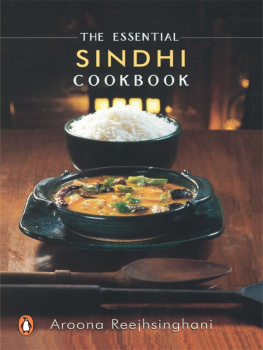
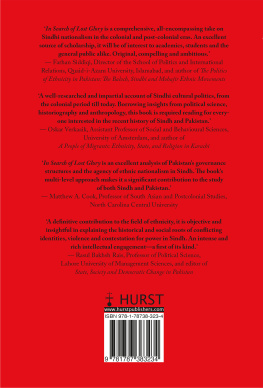


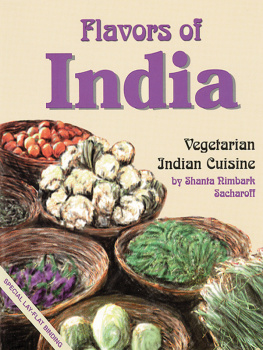
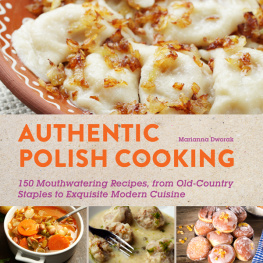
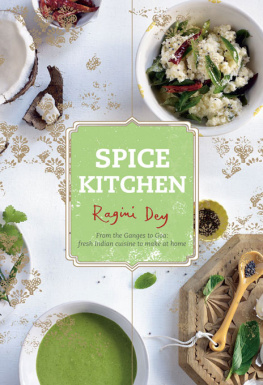
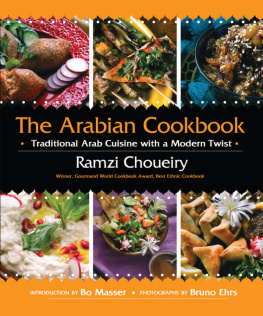

 Introduction Food is a means of expressing our identities. As my friend Kanisha Mirpuri puts it, Sindhi food is intricate, thoughtful and satisfying; and, like all, cuisines is a matter of choice. Many Sindhis living abroad seldom cook Sindhi food, adapting and developing their culinary preferences according to their country of residence. Today the younger generation, especially those living abroad, have only faint childhood memories of enjoying traditional Sindhi food during their visits to India. This visiting generation can name just a handful of common Sindhi dishes. Their knowledge of the cuisine is limited as is their awareness of their cultural heritage.
Introduction Food is a means of expressing our identities. As my friend Kanisha Mirpuri puts it, Sindhi food is intricate, thoughtful and satisfying; and, like all, cuisines is a matter of choice. Many Sindhis living abroad seldom cook Sindhi food, adapting and developing their culinary preferences according to their country of residence. Today the younger generation, especially those living abroad, have only faint childhood memories of enjoying traditional Sindhi food during their visits to India. This visiting generation can name just a handful of common Sindhi dishes. Their knowledge of the cuisine is limited as is their awareness of their cultural heritage.